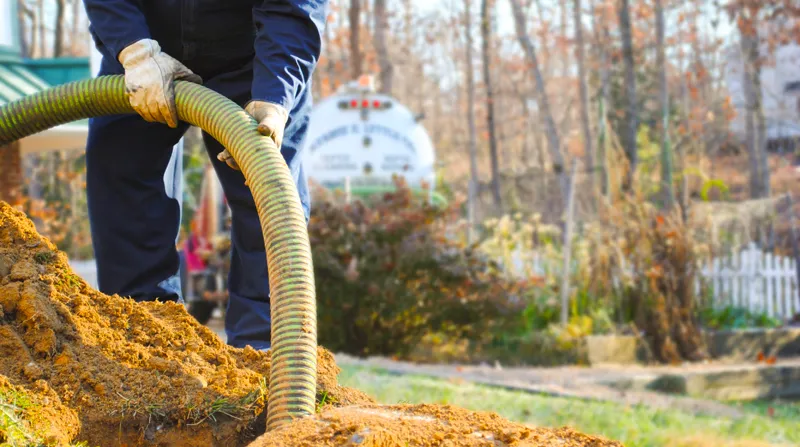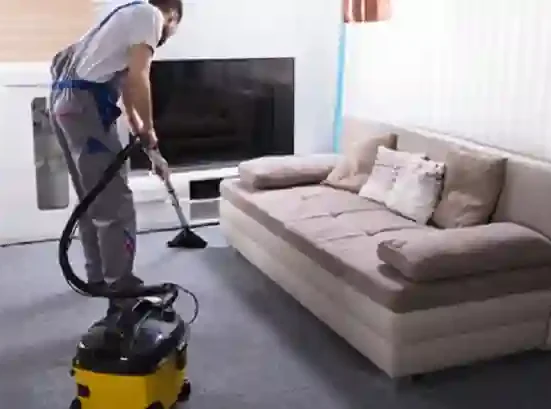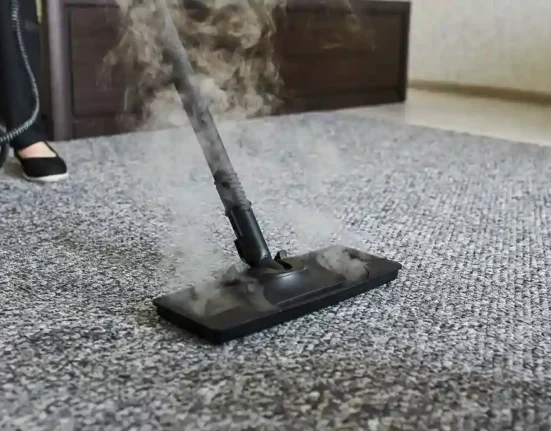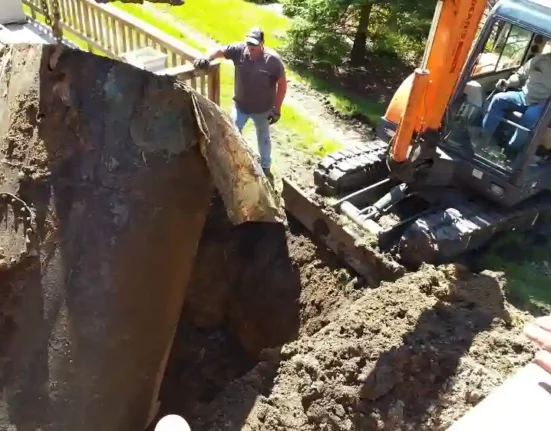Maintaining a septic tank is a crucial part of homeownership, but it’s a task that often goes overlooked until problems arise. Regular septic tank pumping is essential to prevent costly and unpleasant issues. While you can hire professionals to do the job, learning how to DIY septic tank pumping can save you money and give you a better understanding of your septic system. In this step-by-step tutorial, we’ll guide you through the process of pumping your septic tank safely and effectively.
Step 1: Gather Your Tools and Materials
Before you begin, make sure you have all the necessary tools and materials on hand. Here’s a list of what you’ll need:
- Safety gear: Gloves, safety glasses, and a mask to protect yourself from harmful fumes.
- Septic tank riser: If your septic tank doesn’t have a riser, you’ll need to install one for easier access.
- Septic tank pump: Choose a submersible pump that’s suitable for septic tank use.
- PVC hoses: You’ll need hoses to connect the pump to the septic tank and the discharge location.
- A shovel: To dig around the access hole and uncover the septic tank lid.
- A wheelbarrow or bucket: For transporting the waste to the designated disposal area.
- A hose for cleaning: To rinse off any spillage or residue.
- Disinfectant and cleaning supplies: To clean and disinfect your tools and equipment after use.
Step 2: Locate Your Septic Tank
Knowing the location of your septic tank is crucial. It’s usually buried underground and can be found by following the sewer line from your home. If you’re unsure about the location, consider hiring a professional to help you locate it accurately.
Step 3: Digging and Access
Using the shovel, carefully dig around the access hole or riser until you uncover the septic tank lid. Be cautious not to damage any pipes or the lid during this process. Once you have access to the tank, remove the lid.
Step 4: Safety First
Before you proceed, ensure you’re wearing the necessary safety gear. Septic tanks can emit harmful gases, so a mask and safety glasses are essential. Work in a well-ventilated area and have someone nearby in case of an emergency.
Step 5: Pumping the Septic Tank
Now it’s time to pump the septic tank. Follow these steps:
- Lower the submersible pump into the tank carefully, making sure it’s fully submerged.
- Connect one end of the PVC hose to the pump’s outlet and the other end to the designated disposal area.
- Turn on the pump and begin pumping the tank’s contents. Be patient, as this process may take some time, depending on the tank’s size.
- Monitor the progress and ensure that the tank is emptied completely.
Step 6: Cleaning and Disinfecting
Once the tank is empty, turn off the pump and carefully remove it from the septic tank. Rinse it thoroughly with clean water before storing it.
Clean the septic tank lid and the area around it using disinfectant to prevent contamination. Also, clean and disinfect your hoses and any other equipment used during the process.
Step 7: Replace the Lid
After everything is cleaned and disinfected, securely replace the septic tank lid.
Step 8: Dispose of the Waste
Transport the waste from the septic tank to the designated disposal area using a wheelbarrow or bucket. Follow your local regulations for disposing of septic tank waste.
Step 9: Maintenance and Record Keeping
Keep a record of the date and details of the septic tank pumping. Regular maintenance is crucial, so schedule your next pumping session according to your system’s needs.
Conclusion
Pumping your septic tank doesn’t have to be a daunting task when you follow this step-by-step tutorial. Proper maintenance is essential to prevent costly repairs and protect the environment. By taking the initiative to learn how to DIY septic tank pumping, you can save money and ensure the longevity of your septic system. Remember to follow all safety precautions, and if you ever feel uncomfortable with the process, it’s best to consult a professional for assistance.









